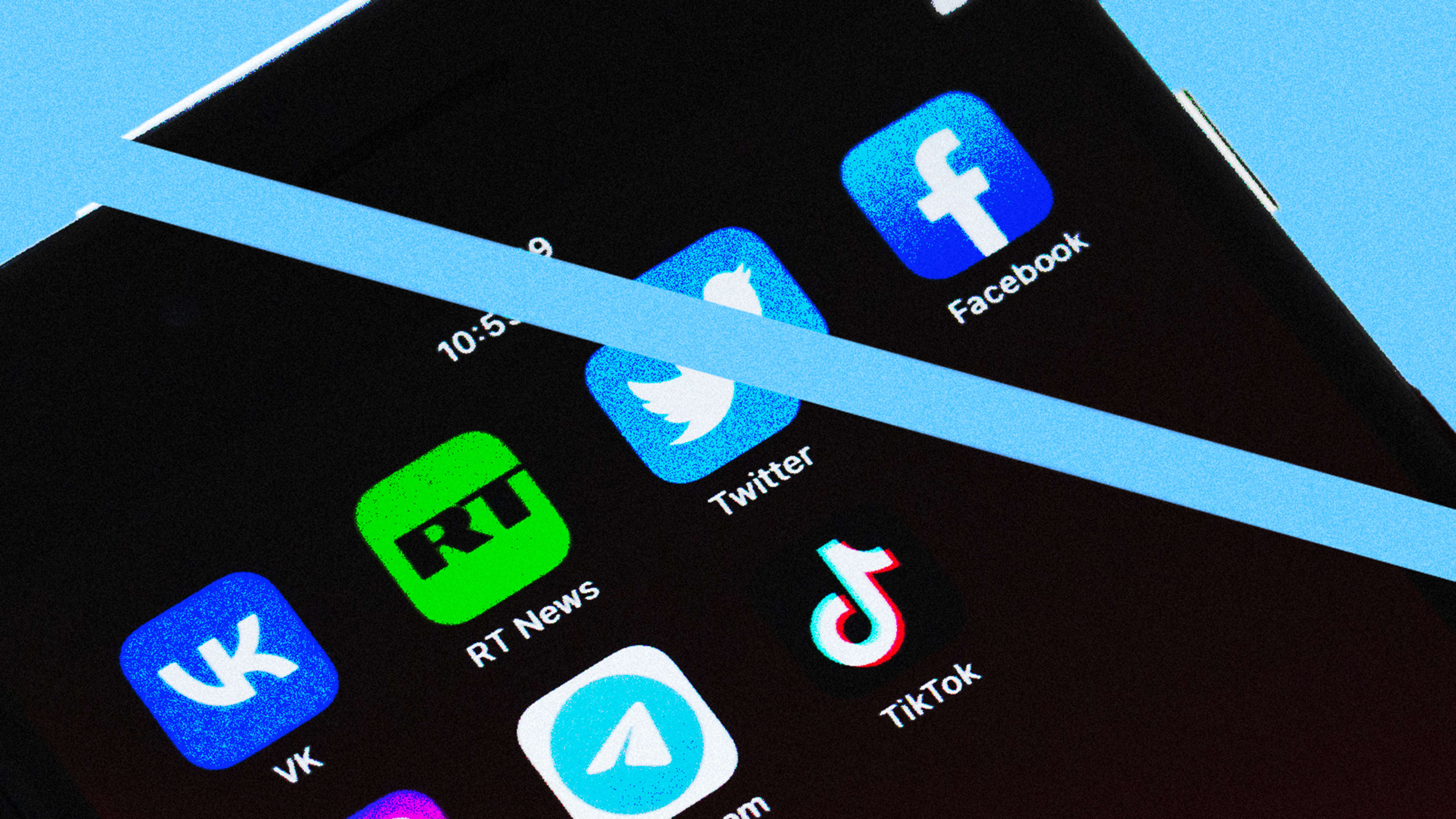Elon Musk’s Twitter 2.0 is fast being foisted upon us, and if there’s one staple so far, it’s the speed at which features are being introduced and rewritten—often right in front of users’ faces. In a November 30 blog post, “Twitter” announced that it had changed its approach to experimentation. “As you’ve seen over the past several weeks, Twitter is embracing public testing,” the company wrote in the blog post. “We believe that this open and transparent approach to innovation is healthy, as it enables us to move faster and gather user feedback in real-time.”
That’s a more workshopped, finessed version of Musk’s November 9 tweet that promised “Twitter will do lots of dumb things in coming months”. But there’s just one problem: All the plays the enigmatic entrepreneur is pulling out are ones that those who have longer-term memory of how the social media giant works say have already been tried—and failed.
One former Twitter staff member, who left before Musk took over the company, tells Fast Company that many of Musk’s grand plans for Twitter have already been tested with users, to grim results.
The staff member, who has been granted anonymity because his current employer would not allow him to talk on the record to the media, worked in a consumer and competitive research role. His job—for which he was long tenured at Twitter—required him to conduct market research by having both users and non-users test out “hundreds of different ideas of how to improve and how to monetize Twitter,” as he puts it, related to everything from monetization to timeline layout.
“All these ideas you’re seeing thrown out, of subscription models and verification and paying creators, we’ve already explored at least 75% of the ideas I’ve seen coming out from Elon and Jason Calcanis,” he says. “We had extensive research on these topics. And a lot of people weren’t interested in them.”
The former employee adds that any new product rollout faced at least one key stumbling block: It materially changed the core purpose of Twitter. “They weren’t aligned with what Twitter’s goal was, which is to [ask] ‘What’s happening?’,” he says. “It’s where you find out the latest news and can connect with celebrities and athletes.”
Among the features tested under a previous regime and found not to be economical or of enough interest to users? Twitter Blue, Musk’s repeatedly delayed plan to redraw the economic viability of Twitter. “Twitter Blue did not test very well at all,” the former consumer researcher says. He recalls that only around 10% of users surveyed said they were interested in Twitter Blue’s offering. They also tested different pricing levels, finding—unsurprisingly—that as the price went up, the interest rate went down. “It was pretty clear through this test that Twitter Blue wasn’t going to be a big moneymaker for us,” the former employee says. It’s for that reason that the company didn’t put huge emphasis or resource into it. “We knew it wasn’t going to change our financials overall,” he says.
Creator monetization, which has also been presented by Musk as a tentpole for the new Twitter, tested equally poorly. Twitter under the previous regime reached out to a couple hundred accounts in different sizes—low, medium and large-followed accounts. Those accounts were put into focus groups by the research team, who quizzed them on how they would want to monetize their content on Twitter, and how they would keep an honest relationship with their followers. “A lot of creators had issues with that, because they felt they were letting their followers down, and would have to change their style of tweeting to make content that’s better and more monetizable,” he says. “Nobody really had a great model for doing it.” The failure to find a direct monetization option for creators led to a compromise, the former staff member says: the rollout of the Twitter tip button.
Another mooted business model for Twitter: the idea that it becomes pay-to-play, or so unusable for non-paying users that they’re compelled to cough up. That too wasn’t welcomed by focus groups of users. “Ninety percent of people said: ‘I’m absolutely not paying anything for Twitter,’” says the former worker. “If he’s thinking of putting all of Twitter behind a paywall, you’re absolutely not going to get any new users and you’re probably going to scare away a lot of users.”
The former staff member worries that Musk hasn’t yet understood the fundamentals of the company he’s bought for $44 billion. “I’m not sure that Elon understands how small Twitter is from a DAU [daily active users] perspective compared to the other platforms, and how easy it is for others to basically trade off platforms,” he says. “People are willing to say, ‘Alright, I’m not going to use Twitter, I’ll just go somewhere else.’”
Crucially, for Musk, who has claimed previously he is trying to turn Twitter into X, the everything app, Twitter’s prior user research suggested they weren’t keen on it diverting from that original purpose. “At the end of the day, they didn’t want Twitter to change into one of these other apps,” says the former staffer.
He also points out that the commonly-held view that Twitter was resistant to change and slow to enact decisions was only partly true. “The truth is somewhere in the middle,” he says. “It’s not like we weren’t doing anything and testing anything out. We only put out a small portion of the things we were actually testing.”
Recognize your brand’s excellence by applying to this year’s Brands That Matter Awards before the early-rate deadline, May 3.
